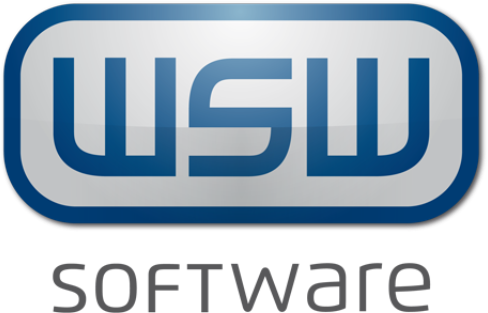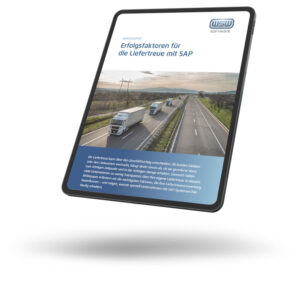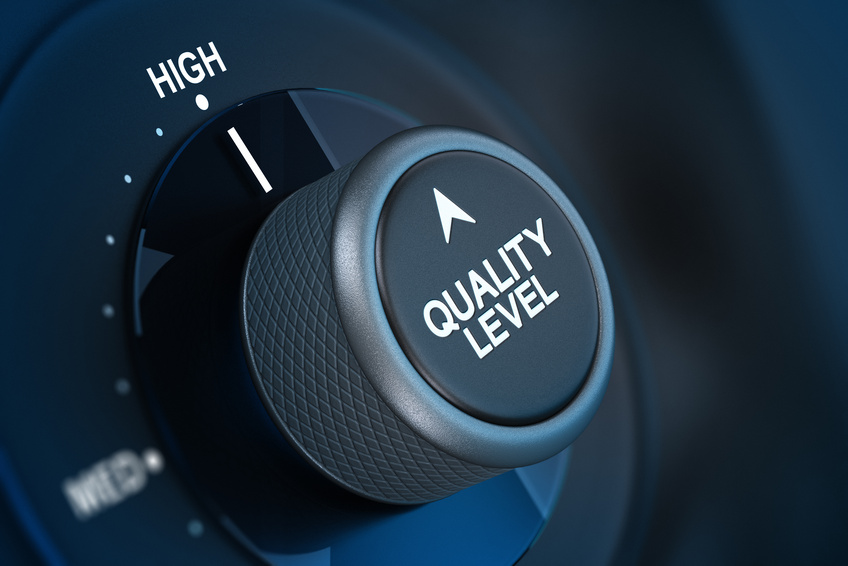How can errors in production be avoided, costs reduced and product quality increased? A method originating in Japan called Poka Yoke provides answers to key challenges in the industry.
What is Poka Yoke?
Poka Yoke is a concept for continuous quality improvement in production. This goal is achieved by avoiding carelessness (yoke) and unintentional errors (poka). In essence, the poka yoke methodology is about arranging all equipment and materials in a production line in such a way that defects do not occur in the first place ("zero defect production") or that any defects that do occur can be detected immediately. Technically, this is often solved by low-cost, simple and effective precautions.
Where does the term Poka Yoke come from?
The term Poka Yoke goes back to Shigeo Shingo, one of the fathers of the Toyota Production System. In the course of his statistical quality control work, he found that the defects he discovered were often attributable to the manufacturing process. Even today, Shingo's well-known credo "Quality is not checked, but produced" is purposeful in quality assurance.
Initially, Shigeo Shingos was still called "Baka Yoke", which can be translated as "foolproof". However, this name did not catch on, especially since it did not accurately reflect the idea of its inventor. This is because Poka Yoke, like all concepts in lean management, focuses on employee involvement. The better name for a Poka Yoke system would therefore be "fail-safe".
Shigeo Shingo found it unsatisfactory to merely find errors, not avoid them. This idea is important for two reasons. First, many causes of defects occur early in the production process. The later the errors are discovered, the higher the cost of eliminating them. Thus, it is of great importance to identify defects at an early stage or to avoid them preventively. In addition, quality inspection of end products is not a value-adding activity. Inspections always cause additional costs, even if no defects are found. This aspect also speaks in favor of eliminating defects at an early stage or eliminating them immediately.
Further background for the creation of Poka Yoke were the following findings:
- Human error is a central source of errors in production.
- 70 percent of all accidents in technical systems are due to human error.
- 30 percent of all human errors occur randomly (regardless of motivation, qualification and process standards) and are thus difficult to avoid.
- Repetitive tasks in particular are especially prone to errors.
How is Poka Yoke implemented in production?
Poka Yoke is often introduced as a first measure to improve the quality of processes and products by avoiding recurring defects.
The implementation is basically done in three steps:
- Problem analysis
- Collection and evaluation of ideas
- Implementation and evaluation
For production, this means first analyzing the causes of the error. Subsequently, possibilities for solving the problem are evaluated. A distinction can be made here between detection, triggering and regulation mechanisms. Detection mechanisms include, for example, sensors that monitor pressure or temperature.
There are three variants for the triggering mechanisms:
- The contact method: The next production step takes place only when all components are complete.
- The fixed value method: A precise check at the end of a work step that verifies that all necessary sub-steps have actually been carried out.
- The step sequence method: the verification of the standard sequence of movements of a process.
If a trigger has been "activated", one of the following regulatory mechanisms takes effect:
- The method of intervention: the process is interrupted.
- The alarm method: visual or acoustic signals draw attention to the error.
When is Poka Yoke ideally implemented?
In order for Poka Yoke to develop its full potential in production, it should already be taken into account during process planning. Ideally, the philosophy even takes effect during product design.
In order to be able to rule out the recurrence of errors once they have been discovered, Poka Yoke is used in conjunction with source inspection. This involves the precise analysis of error sources in order to subsequently be able to prevent them better. When Poka Yoke is used in combination with this inspection method, it is referred to as a Poka Yoke system.
Application examples for Poka Yoke in production
Poka Yoke can be found in many places in our everyday lives. For example, a washing machine can only be started when the door is completely closed. Expensive water damage for this reason is therefore ruled out from the outset. In ATMs, money can only be withdrawn after the card has been removed. This effectively prevents the card from being forgotten. This can also be applied to production. Here, so-called key-lock devices are used, where workpieces must first be correctly inserted into a machine before processing can start.
What are the advantages of Poka Yoke?
Especially in the planning phase, Poka Yoke is relatively inexpensive and can be introduced immediately. In the best case, the concept leads to errors disappearing completely from the processes.
This results in the following advantages:
- The cost of errors decreases
- The product quality increases
- Occupational safety improves
- Employee and customer satisfaction are increased
Conclusion
Poka Yoke is a simple yet effective method of error prevention. By implementing it, companies approach zero-defect production. In addition, the methodology is well suited to avoiding waste in the context of lean production. It is therefore purposeful to deal with the implementation of the concept at an early stage.



